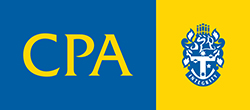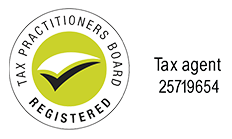The Non-Commercial Loss Provisions
In tax years prior to 1 July 2000, if you conducted a business that made a loss, the loss could be offset against income from other sources, for example wages, to arrive at your taxable income.
From 1 July 2000, the Non-Commercial Loss provisions were introduced into the tax legislation, to remove “hobby” style businesses and very small, chronically unprofitable activities from the tax system. Examples would be “hobby” farms, multi-level marketing and party plan activities, and “hobby” artistic and craft endeavours.
The provisions do not apply if:
- the loss incurred is not from a business activity, or
- the loss is from a primary production or arts activity and the taxpayer’s assessable income from other sources is less than $40,000, or
- the Commissioner of Taxation exercises a discretion, or
- you meet the income requirement and your business passes one of the four “business tests”.
Income Requirement
Your income for non-commercial loss purposes must be less than $250,000. It includes your:
- Taxable income, ignoring any business losses
- Reportable fringe benefits amount
- Reportable superannuation contributions and
- Total net investment losses.
Four business tests:
- The assessable income was greater than $20,000 on an annualised basis.
- You earned taxable income (that is, profit) from this business activity in at least 3 of the last 5 years.
- The value of real property used exclusively in the business is at least $500,000.
- The value of assets other than real property used exclusively in the business is at least $100,000 not including cars, motorcycles, or similar vehicles.
Losses disallowed under the Non-Commercial Loss provisions are able to be carried forward indefinitely as an offset against future profits from the activity.








